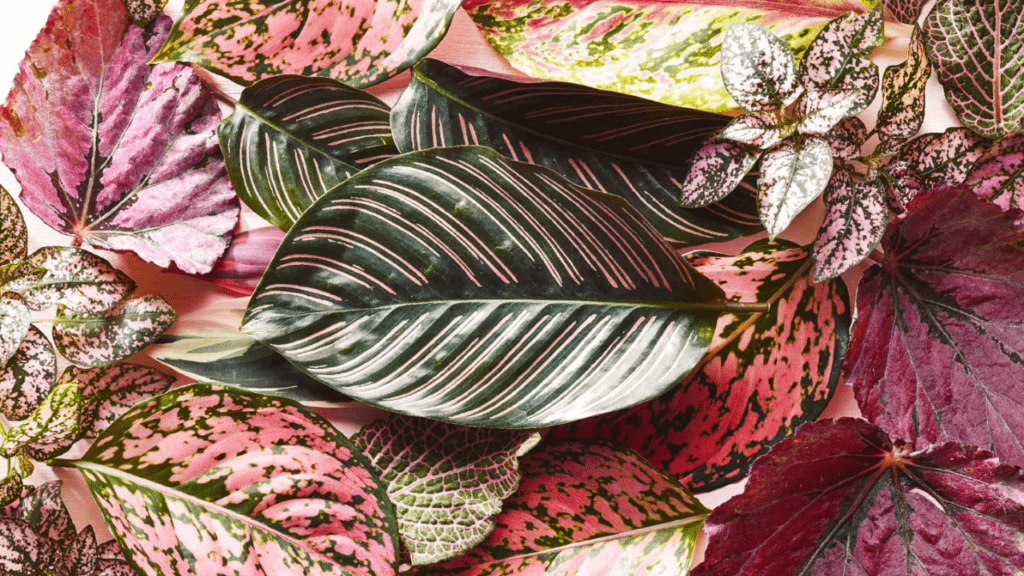
Pink Indoor Plants: Adding a Splash of Color to Your Indoor Oasis
Craving a pop of color to brighten your home? Look beyond the traditional green and delve into the delightful world of pink indoor plants! These vibrant beauties boast an array of rosy hues, from soft pastels to striking magentas, adding a touch of whimsy and personality to any space.
Pink indoor plants may be just what you need! In this post, we’ll explore the world of pink indoor plants and discuss different types of plants that can add a splash of color to your indoor oasis. We’ll also provide tips on how to care for these plants to keep them thriving in your home. Whether you’re a seasoned plant parent or just starting out, this post will help you bring some vibrant beauty into your indoor environment.
Table of Contents
ToggleIntroduction to Pink Indoor Plants
In the world of indoor gardening, where lush greenery dominates, there’s a growing trend towards incorporating vibrant colors to create visually stunning and emotionally uplifting spaces. Enter pink indoor plants, charming botanicals that bring a splash of color and a touch of whimsy to indoor environments. With their soft and delicate hues, pink indoor plants offer a refreshing departure from traditional green foliage, adding warmth, femininity, and a sense of joy to any room.
Pink indoor plants come in a variety of shades, ranging from soft pastels to vibrant magentas, allowing homeowners to personalize their indoor spaces according to their tastes and preferences. Whether displayed as eye-catching focal points or integrated into lush green displays, these botanical beauties have a unique ability to capture attention and evoke feelings of tranquility and happiness.
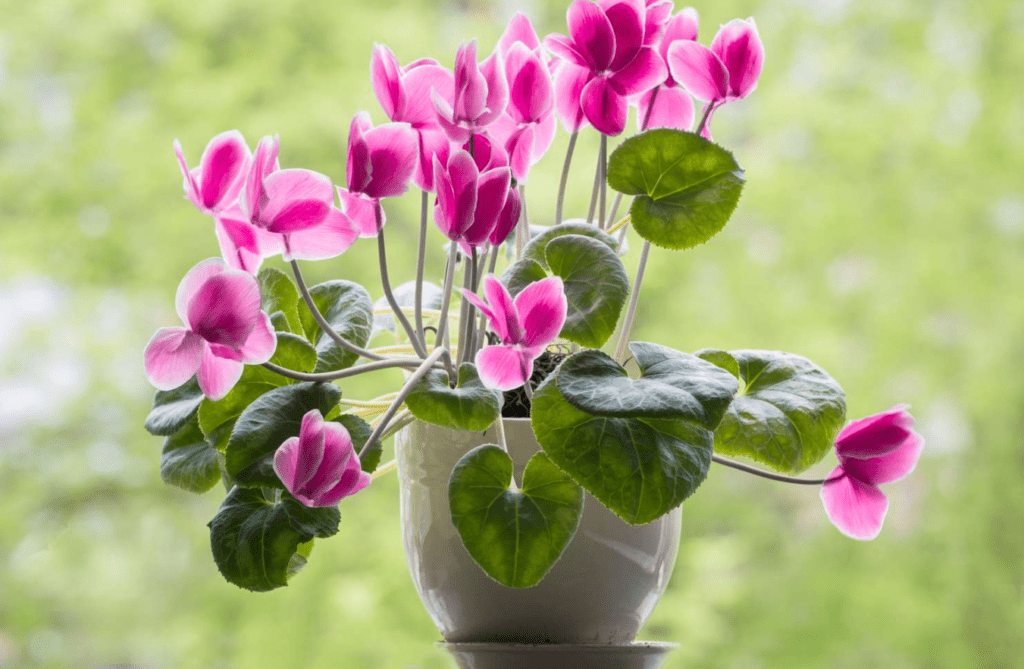
In this guide, we’ll explore the enchanting world of pink indoor plants, from popular varieties to care tips and creative display ideas. Whether you’re a seasoned plant enthusiast looking to expand your collection or a newcomer to indoor gardening eager to add a pop of color to your home, join us on a journey into the delightful realm of pink indoor plants.
Types of Pink Indoor Plants
Why Go Pink? The Allure of Blush-Toned Beauties
Pink plants offer more than just visual appeal. Here’s why they’re becoming a favorite among houseplant enthusiasts:
- A Burst of Color: Pink foliage instantly enlivens a space, adding a cheerful and uplifting touch. Gone are the days of monotonous greenery; pink plants inject a dose of vibrancy and personality into your indoor oasis.
- Versatility for Every Decor: The wide spectrum of pink shades allows you to find the perfect match for your existing decor. Soft pinks complement minimalist or bohemian styles, while bolder fuchsias add a touch of drama to modern spaces.
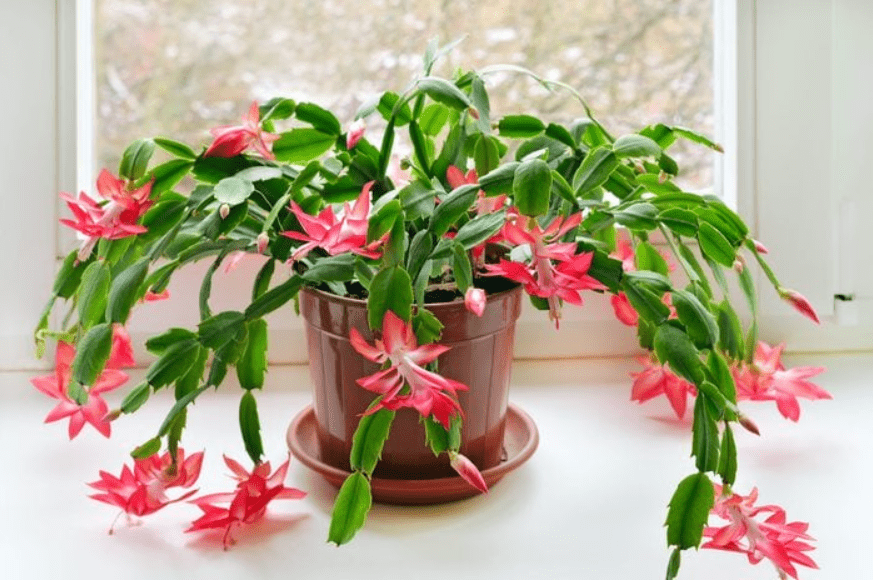
- Surprisingly Easy Care: Many pink plants are surprisingly low-maintenance, thriving with moderate watering and indirect sunlight. This makes them ideal for busy homeowners or those new to the world of houseplants.
- pen_spark
- A Touch of the Unexpected: Pink plants offer a unique twist on traditional greenery. Their unexpected beauty sparks conversation and adds a touch of whimsy to any room.
A Spectrum of Pink Perfection: Exploring the Varieties
The world of pink plants isn’t limited to a single shade. Here’s a glimpse into the diverse options waiting to be discovered:
- The Classic Choice: The Chinese Evergreen (Aglaonema) comes in a variety of cultivars with stunning pink variegation on their leaves. The ‘Pink Lady’ and ‘Pink Ripple’ varieties are popular choices, offering a touch of elegance with their glossy, patterned foliage.
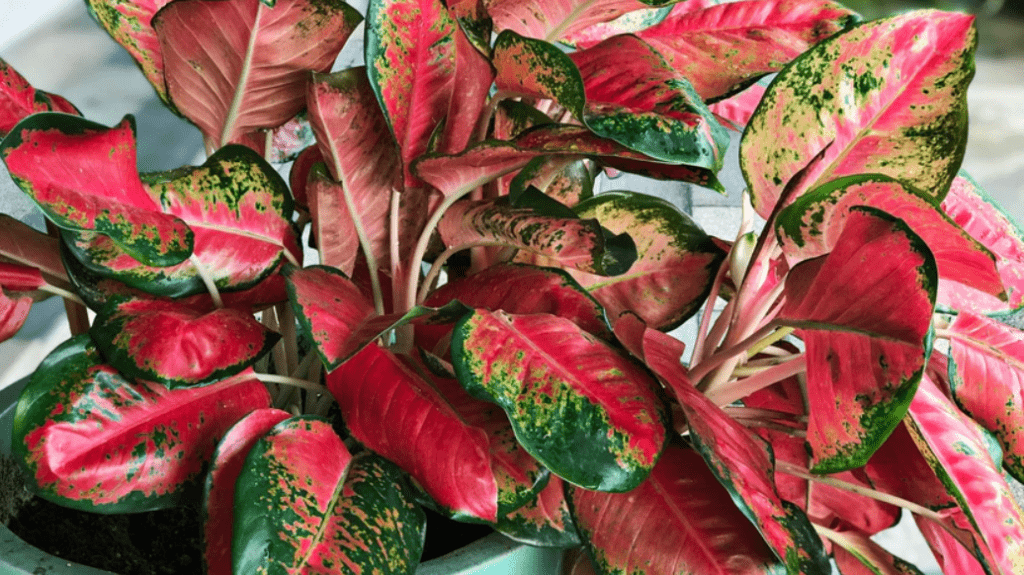
- Trailing Delights: For a touch of whimsy, consider the Pink Wandering Jew (Tradescantia zebrina ‘Nanouk’). This cascading plant features soft pink and green striped leaves, adding a touch of movement and charm to hanging baskets or shelves.
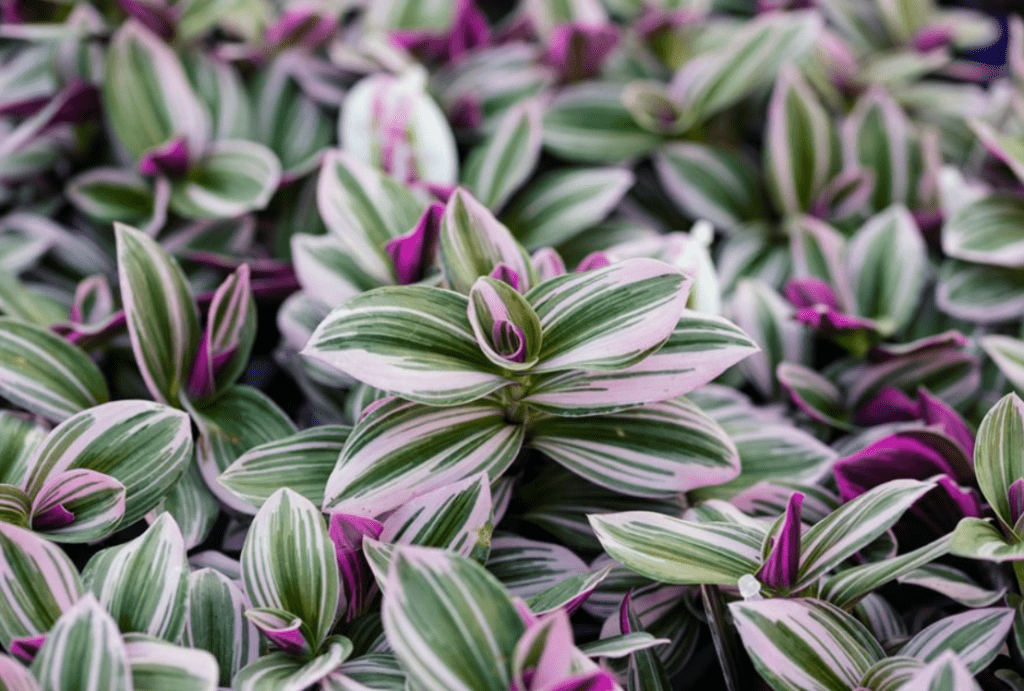
- Blooming Beauties: Who says pink has to be on the leaves? The Cape Primrose (Primula obconica) boasts stunning pink blooms that add a pop of color during the winter months.
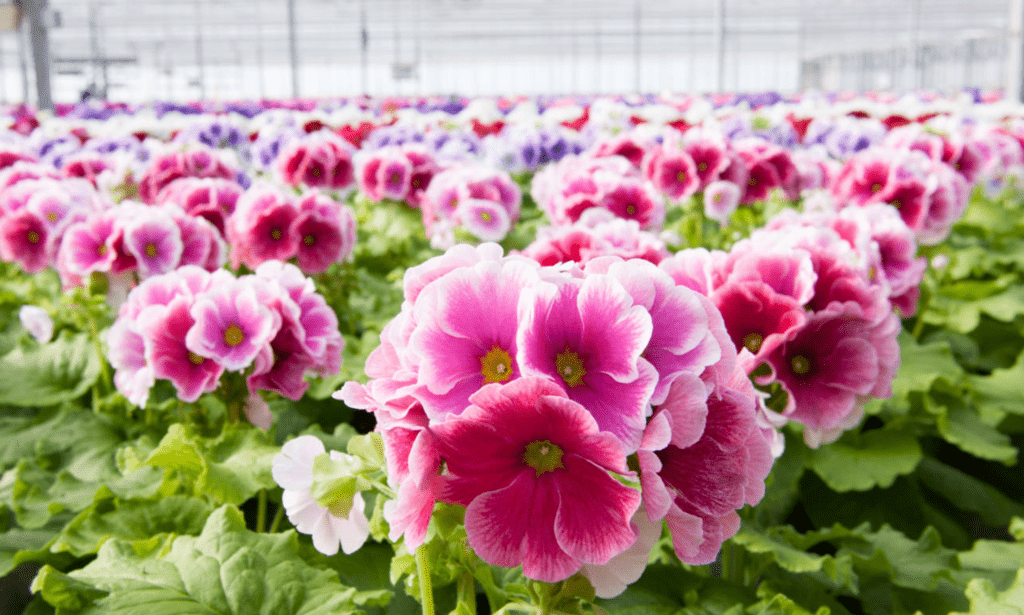
- A Touch of the Tropics: The Pink Prayer Plant (Maranta leuconeura ‘Pink Panther’) features velvety, dark green leaves adorned with captivating pink veins, reminiscent of prayer hands. This tropical beauty thrives in humid environments, adding a touch of exotic flair to your space.
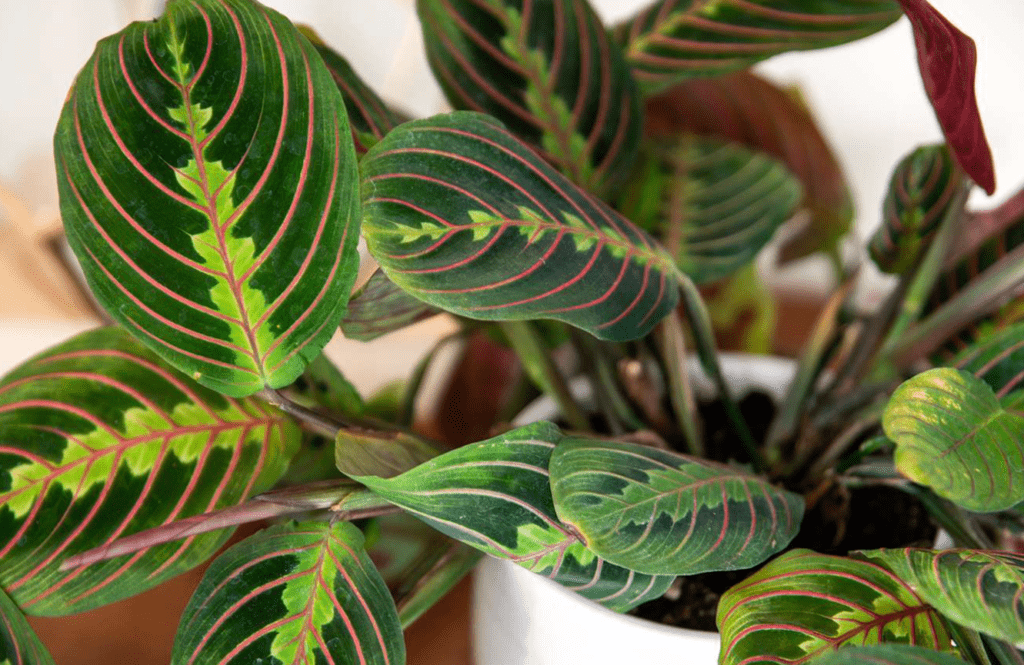
- Succulent Surprise: Even succulents come in pink! The Echeveria ‘Pink Champagne’ boasts soft pink rosettes that add a touch of whimsy and visual interest to succulent arrangements.
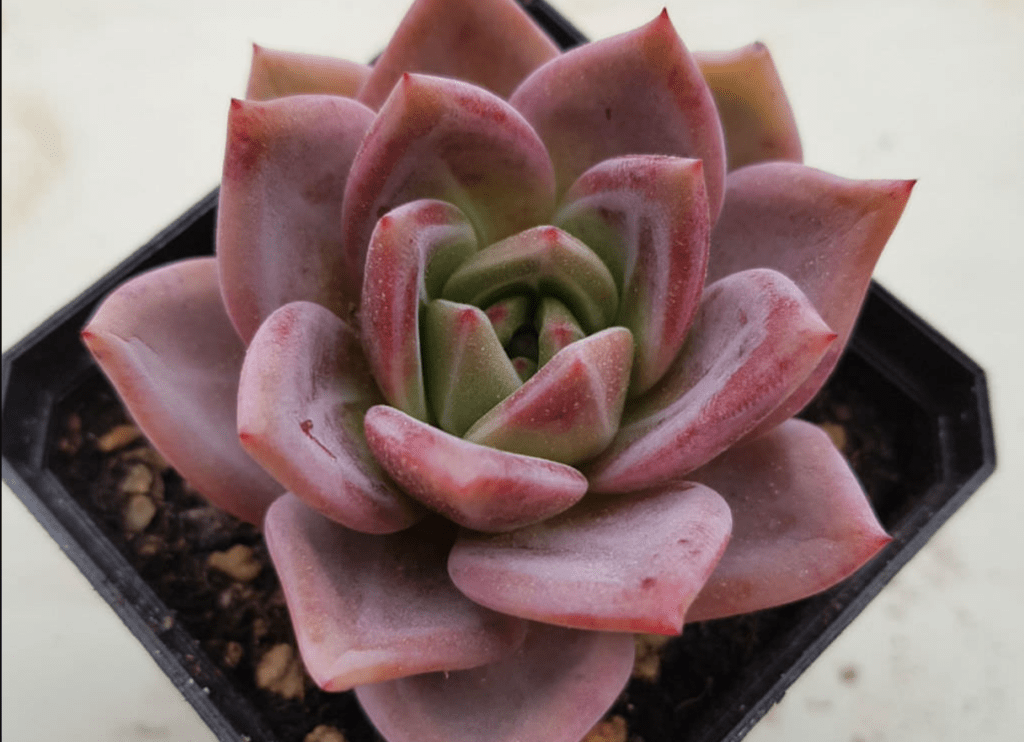
- Philodendron Pink Princess: This popular Philodendron variety boasts dark green foliage with stunning splashes of bubblegum pink.
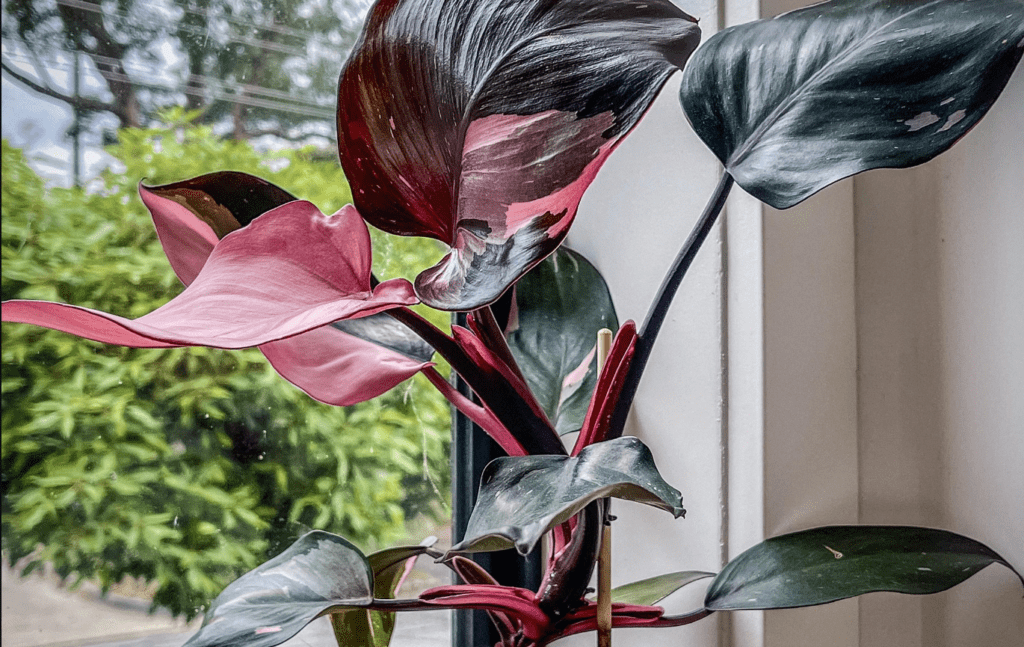
- Stromanthe Sanguinea Triostar: Nicknamed the “Triostar,” this unique plant features variegated leaves with shades of pink, cream, and dark green, adding a touch of drama and intrigue to any space.
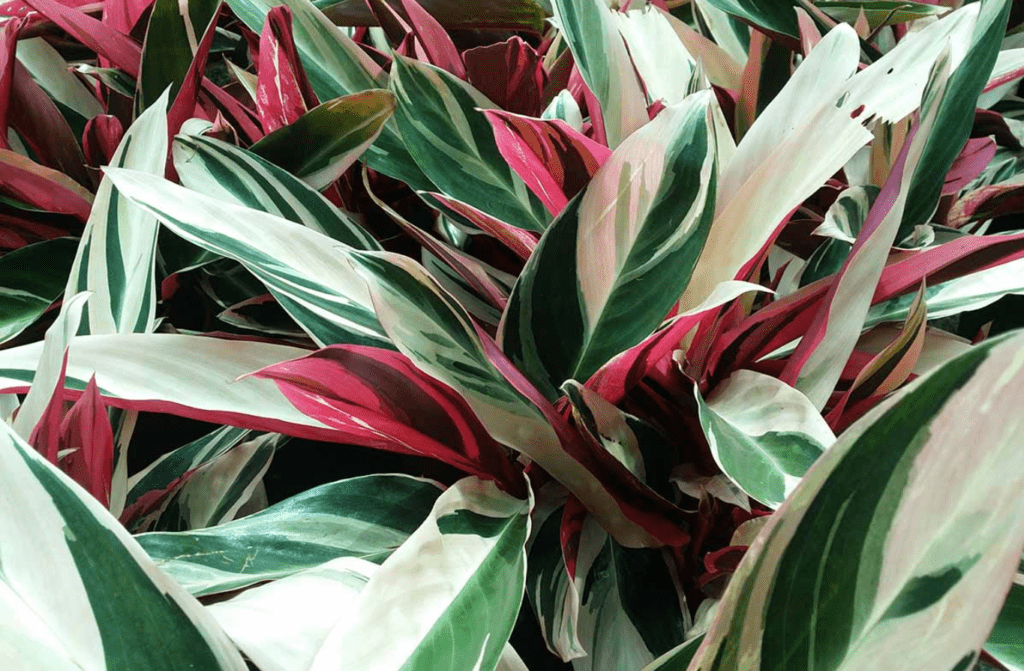
- Caladium: Caladiums, also known as “Angel Wings,” come in a wide variety of colors and patterns, including stunning shades of pink. Their heart-shaped leaves often feature contrasting veins or stripes, adding a touch of vibrancy to your indoor space.
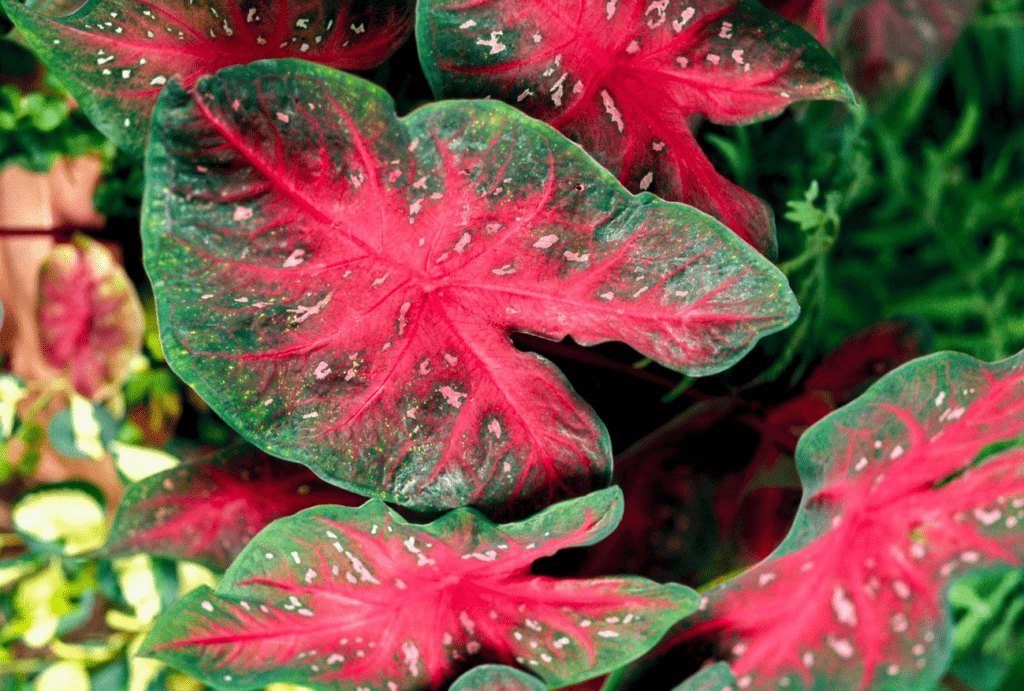
Creating a Pink Paradise: Tips for Caring for Your Blush Beauties
While pink plants are generally low-maintenance, here are a few tips to keep them thriving:
- Light Matters: Most pink plants prefer bright, indirect sunlight
- Watering Wisely: Allow the soil to dry slightly between waterings to prevent root rot. Pink plants are more susceptible to overwatering than underwatering.
- Boosting the Pink: For more vibrant pink foliage, provide your plants with bright, indirect sunlight. Avoid overfertilizing, as this can encourage green foliage growth.
Embrace the Pink Potential:
Pink indoor plants are more than just a trend; they’re a way to express your unique style and create a cheerful and uplifting environment. With a variety of options to choose from and their easy-care nature, there’s a perfect pink plant waiting to add a splash of color and personality to your indoor oasis.
Tips for Caring for Pink Indoor Plants
Pink indoor plants bring a delightful pop of color and personality to any space. But while many are surprisingly low-maintenance, understanding their specific needs ensures they continue to grace your home with their vibrant foliage. Here are some key tips to keep your pink plants thriving:
Light Matters:
- Indirect is Key: Most pink plants prefer bright, indirect sunlight. Direct sun can scorch the delicate leaves, causing them to lose their vibrant pink hues and fade to a dull green. East or north-facing windows are ideal for these light-sensitive beauties.
- Rotate for Even Growth: While they don’t crave intense light, pink plants still benefit from some indirect sunlight exposure throughout the day. Regularly rotate your pots to ensure even growth and prevent your plants from leaning towards the light source.
Watering Wisdom:
- Don’t Drown the Pink: Pink plants are susceptible to root rot if overwatered. Finding the right watering schedule is crucial. Always check the soil moisture before watering. Stick your finger into the potting mix; water only when the top inch feels dry to the touch.
- Drainage is Essential: Ensure your pots have adequate drainage holes to prevent water from accumulating around the roots. Sitting in waterlogged soil can quickly lead to root rot. Empty any water that collects in the saucer after watering to avoid creating a soggy environment.
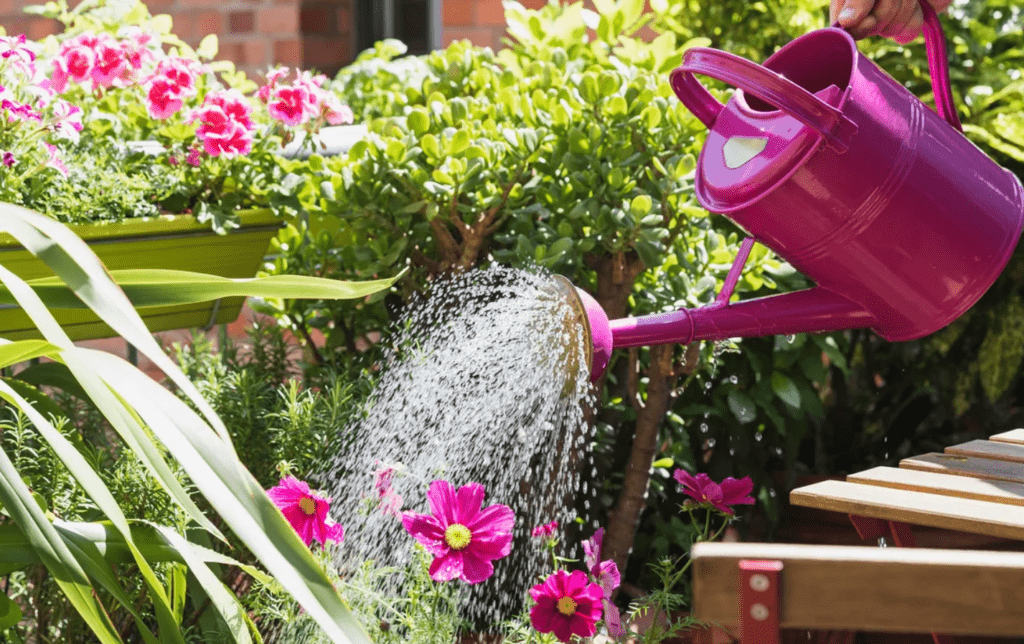
Maintaining the Magic:
- Humidity Matters: Some pink plants, particularly those with tropical origins like the Pink Prayer Plant, appreciate moderate humidity levels. Grouping your pink plants together or using a humidifier can create a more humid microclimate, especially during dry winter months. Light misting can also provide a temporary humidity boost, but avoid overdoing it as this can encourage fungal diseases.
- Fertilize, But Not Too Much: Pink plants generally don’t require frequent fertilization. During the growing season (spring and summer), a diluted dose of balanced fertilizer once a month can be beneficial. However, avoid over-fertilizing, as this can damage the roots and potentially reduce the pink pigmentation in the leaves. Reduce or stop feeding altogether during the winter months when growth slows.
- Keep it Clean: Regularly remove spent blooms (deadheading) and any yellowing or dying leaves to maintain a neat appearance and encourage new growth. Wipe down the leaves occasionally with a damp cloth to remove dust and allow the plant to better absorb light and moisture.
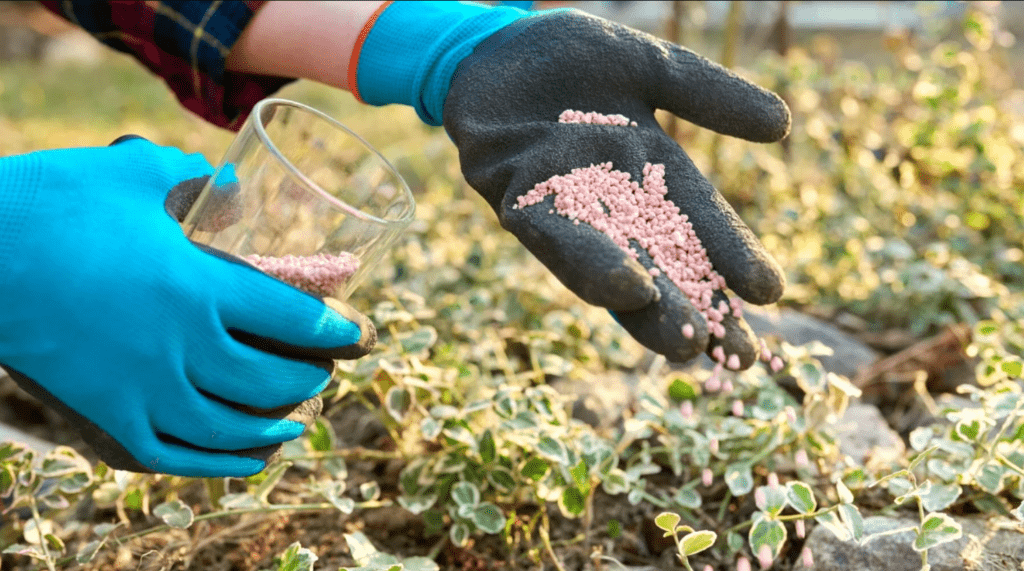
Pest Patrol:
- Prevention is Key: Regularly inspect your plants for common houseplant pests like mealybugs or aphids. Early detection is crucial. For minor infestations, isolate the affected plant and try organic methods like insecticidal soap or neem oil to control the pests.
- Quarantine New Arrivals: Always quarantine new plants before placing them near your existing ones to prevent the spread of potential pests or diseases.
Addressing Common Issues:
- Losing the Pink (Lack of Light): If your pink plant’s leaves are losing their vibrancy and turning more green, it’s likely not receiving enough indirect sunlight. Move it to a brighter location with good indirect light.
- Leggy Growth (Lack of Light): Similarly, if your plant develops long, stretched stems with sparse foliage, it’s a sign of insufficient light. Increase the light exposure or move it to a brighter spot.
- Brown Leaves (Overwatering): Brown, mushy leaves are a telltale sign of overwatering. Reduce watering frequency and allow the soil to dry out completely before watering again. Consider repotting in fresh, well-draining potting mix if root rot is severe.
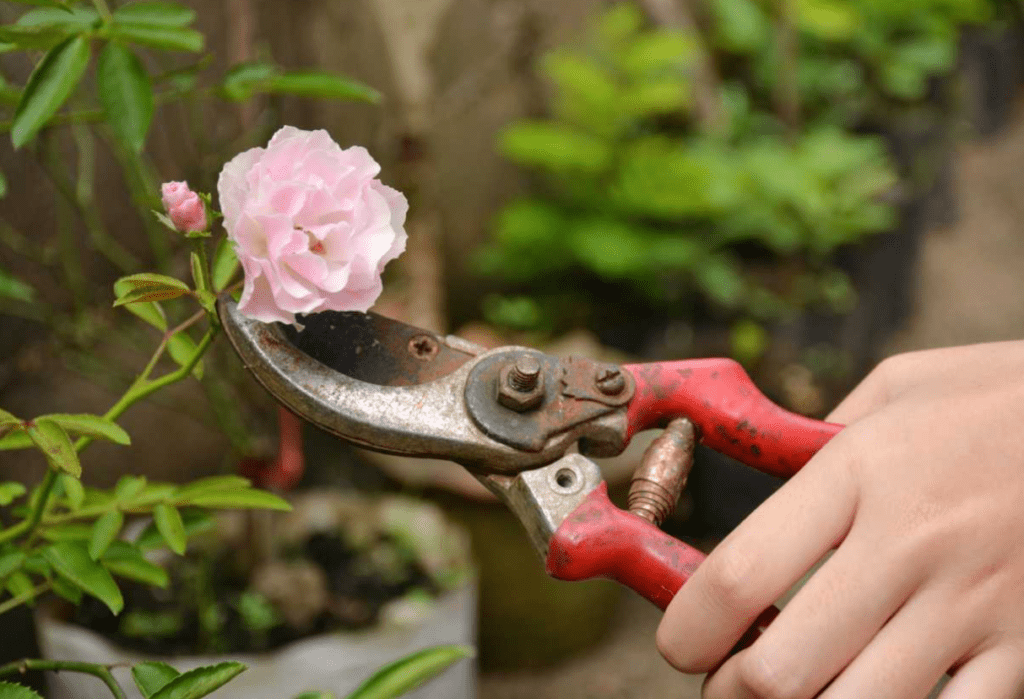
By following these simple tips, you can ensure your pink indoor plants continue to thrive and add a touch of whimsical charm to your home. Remember, these low-maintenance beauties just require a little understanding of their light and watering preferences to flourish and bring a burst of color to your indoor oasis. So, embrace the pink and enjoy the vibrant beauty of your blush-toned botanical companions!
How to Incorporate Pink Indoor Plants into Your Home Decor
Finding the Perfect Place:
- Light Conditions Matter: Remember, most pink plants prefer bright, indirect sunlight. Assess the natural light available in different areas of your home before choosing a spot. East or north-facing windows are ideal for these light-sensitive beauties.
- Style Synergy: Consider your existing decor style. Pink plants can complement a variety of aesthetics, but they truly shine in settings that embrace color and playfulness. Bohemian, eclectic, and modern spaces can all benefit from a touch of pink foliage.
A Playful Display:
- Focal Points: Plants with stunning pink variegation or bold fuchsias, like the Philodendron Pink Princess or the Caladium with vibrant pink shades, can be used as eye-catching focal points. Place them on a console table, accent table, or plant stand to create a statement piece.
- Cascading Delights: Trailing pink plants like the Pink Wandering Jew or the Ceropegia woodii (Hearts on a Chain) add a touch of whimsy and movement when displayed in hanging baskets or placed on high shelves.
- Tiered Beauty: Group pink plants of varying heights and textures to create a visually interesting display. Play with a combination of upright and trailing varieties.
Pottery Perfection:
- Contrasting Colors: Pink plants look stunning in contrasting colored pots. Opt for crisp white, cream, or light blue planters to highlight the vibrant foliage and create a visually striking display.
- Material Mix: Don’t be afraid to experiment with textures! A sleek pink plant like the Chinese Evergreen ‘Pink Lady’ might look perfect in a minimalist ceramic pot, while a trailing Pink Wandering Jew could be accentuated by a woven basket.
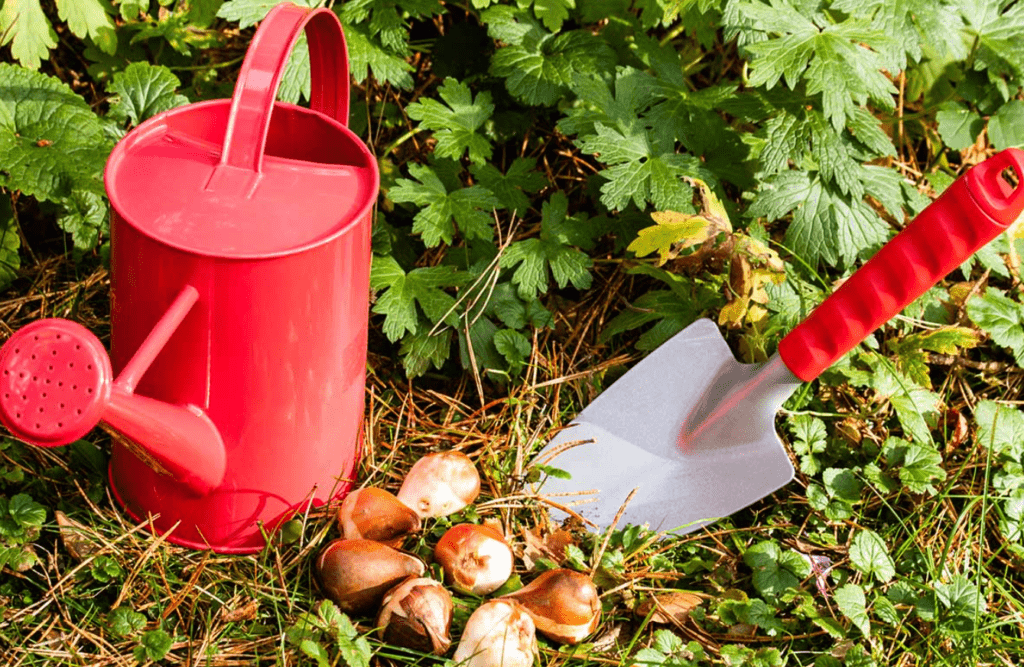
Mixing and Matching:
- Pink and Green Harmony: Don’t be afraid to mix pink plants with their green counterparts! A strategically placed green plant can help to offset the vibrancy of the pink and create a more balanced look. Opt for plants with soft green foliage to avoid overwhelming the space.
- A Touch of Whimsy: Incorporate decorative elements that complement the playful nature of pink plants. Geometric planters, macrame hangers, or a collection of seashells around the potted plant can add a touch of personality.
Embrace the Pink Potential:
Pink indoor plants are more than just a trend; they’re a way to express your unique style and create a vibrant and joyful space. With a variety of options available and their easy-care nature, there’s a perfect pink plant waiting to add a burst of color and personality to your indoor oasis. So, don’t be afraid to embrace the pink and let these botanical beauties bloom in your home!
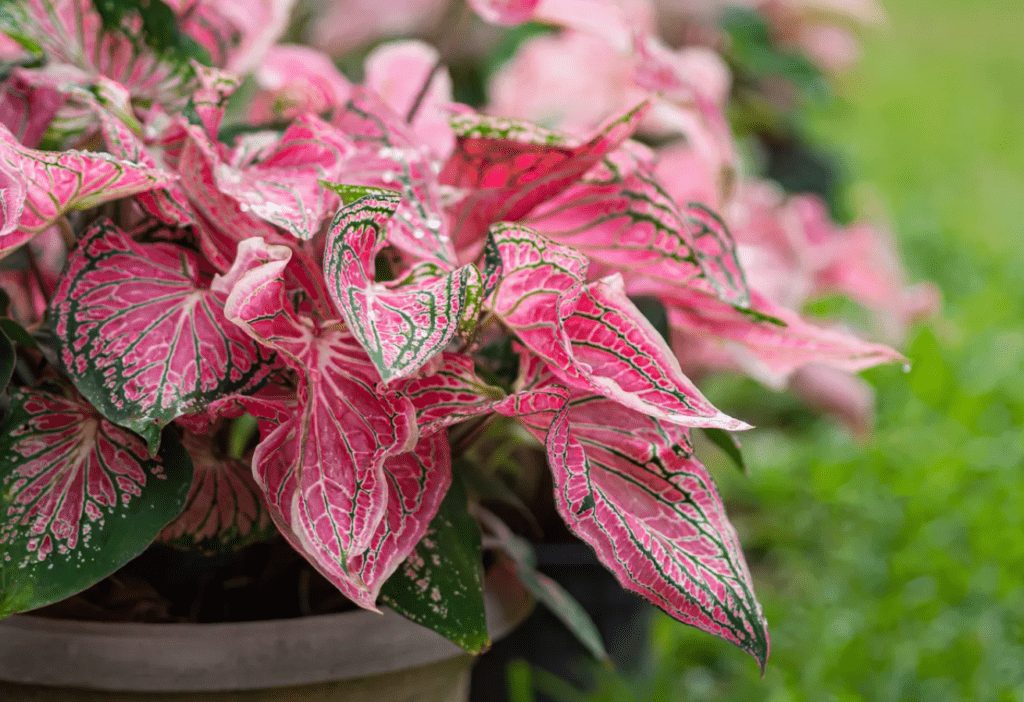
Benefits of Pink Indoor Plants
Pink indoor plants have taken the houseplant world by storm, captivating us with their vibrant hues and playful charm. But their allure extends far beyond aesthetics. These botanical beauties boast a surprising range of benefits, transforming your home into a haven that promotes well-being, tranquility, and a connection to nature.
A Burst of Color Therapy:
- Uplifting Mood: Studies suggest that surrounding ourselves with the color pink can have a calming and mood-boosting effect. Pink tones are often associated with feelings of love, joy, and peace, making pink plants ideal for creating a more positive and uplifting atmosphere in your home.
- Reduced Stress: The act of caring for plants, including these vibrant pink ones, can be a form of stress relief. Watering, pruning, and simply observing their growth can provide a calming distraction and a sense of accomplishment.
Enhanced Air Quality:
- Natural Air Purifiers: Like many houseplants, pink varieties act as natural air purifiers. They absorb toxins and pollutants commonly found indoors, such as benzene and formaldehyde, contributing to a healthier breathing environment.
A Touch of the Unexpected:
- Conversation Starters: Gone are the days of monotonous greenery. Pink plants are a unique and unexpected element in your home decor, sparking conversation and creating a more visually interesting space. They’re sure to be a talking point among visitors who will admire their unconventional beauty.
- Boosts Creativity: Studies suggest that surrounding ourselves with color can enhance creativity. The vibrant pops of pink provided by these plants can stimulate the mind and encourage new ideas to flow.
A Connection to Nature:
- Tropical Oasis: Many pink plants hail from tropical regions, bringing a touch of the exotic outdoors into your home. Their presence can create a sense of tranquility and remind you of the beauty of nature, even when venturing outside isn’t possible.
- Increased Focus: Research suggests that incorporating elements of nature indoors can improve focus and concentration. Pink plants, with their connection to the natural world, can contribute to a more productive environment for work or study.
Low-Maintenance Marvels:
- Easy Care: The beauty of pink plants lies not just in their appearance but also in their ease of care. Many varieties thrive with moderate watering and indirect sunlight, making them ideal for busy homeowners or those new to the world of houseplants.
By incorporating pink plants into your indoor space, you can reap a multitude of benefits that go beyond aesthetics. From mood-boosting properties and improved air quality to a deeper connection to nature, these vibrant beauties offer a unique way to enhance your well-being and create a more positive and uplifting environment in your home. So, embrace the unexpected and allow the delightful world of pink plants to transform your indoor oasis.
Frequently Asked Questions
Pink indoor plants occur naturally and are not typically dyed or genetically modified. Their pink coloration is the result of pigments in their leaves or flowers, which may vary depending on the species.
Pink indoor plants generally have similar care requirements to green indoor plants. They need adequate light, water, and humidity to thrive. However, some pink varieties may be more sensitive to direct sunlight, so it’s essential to provide the right conditions for optimal growth.
To maintain the vibrant pink color of your indoor plants, provide them with proper care, including adequate light, water, and humidity. Avoid exposing them to direct sunlight for extended periods, as this can cause their colors to fade or bleach. Additionally, regular pruning and grooming can help keep your plants healthy and vibrant.
Yes, many pink indoor plants can be propagated through methods such as stem cuttings, division, or leaf cuttings. Propagation allows you to create new plants from existing ones, expanding your collection of pink indoor plants.
While many pink indoor plants are non-toxic to pets, some may be harmful if ingested. It’s essential to research each plant species and take precautions to keep pets away from potentially toxic plants. If you have pets, consider choosing pet-safe pink indoor plants to ensure their safety.
Pink indoor plants can flower, depending on the species. Some pink varieties, such as the Pink Anthurium or Pink Calathea, produce colorful blooms in addition to their attractive foliage. However, not all pink indoor plants flower, so it’s essential to research each plant’s flowering habits before purchasing.
Pink indoor plants can be incorporated into home décor in various ways, such as using them as standalone specimens, grouping them with other plants in mixed arrangements, or placing them in decorative containers or planters. Consider your existing décor style and color scheme when selecting pink indoor plants to create cohesive and visually appealing displays.
Pink indoor plants can be found at local nurseries, garden centers, and online retailers specializing in houseplants. When purchasing pink indoor plants, be sure to choose healthy specimens from reputable sources to ensure their success in your indoor garden.
